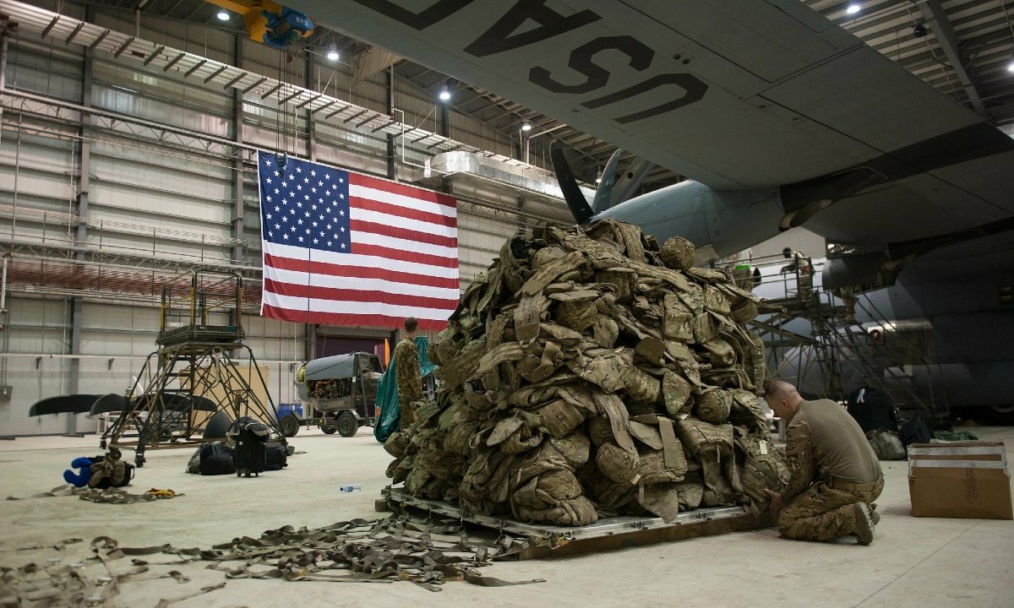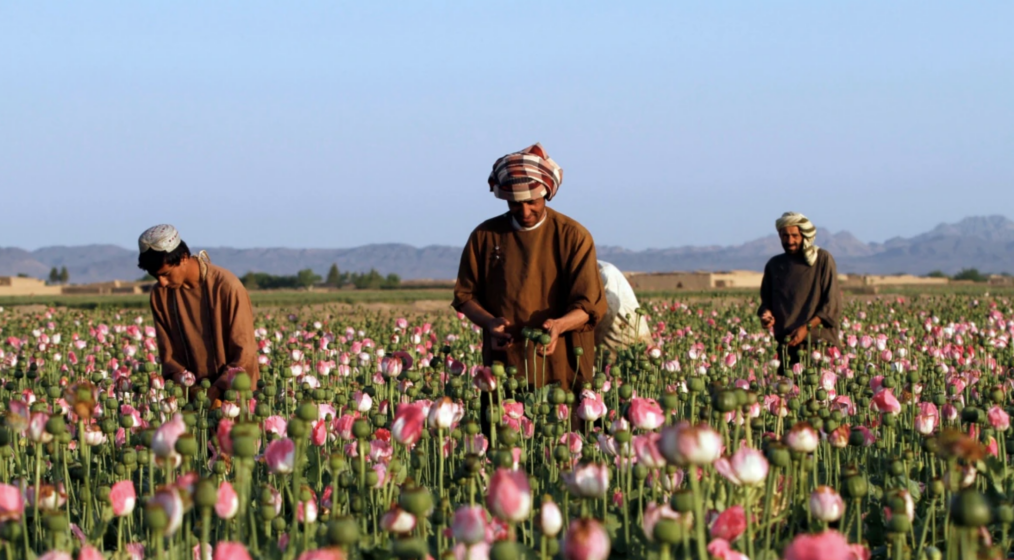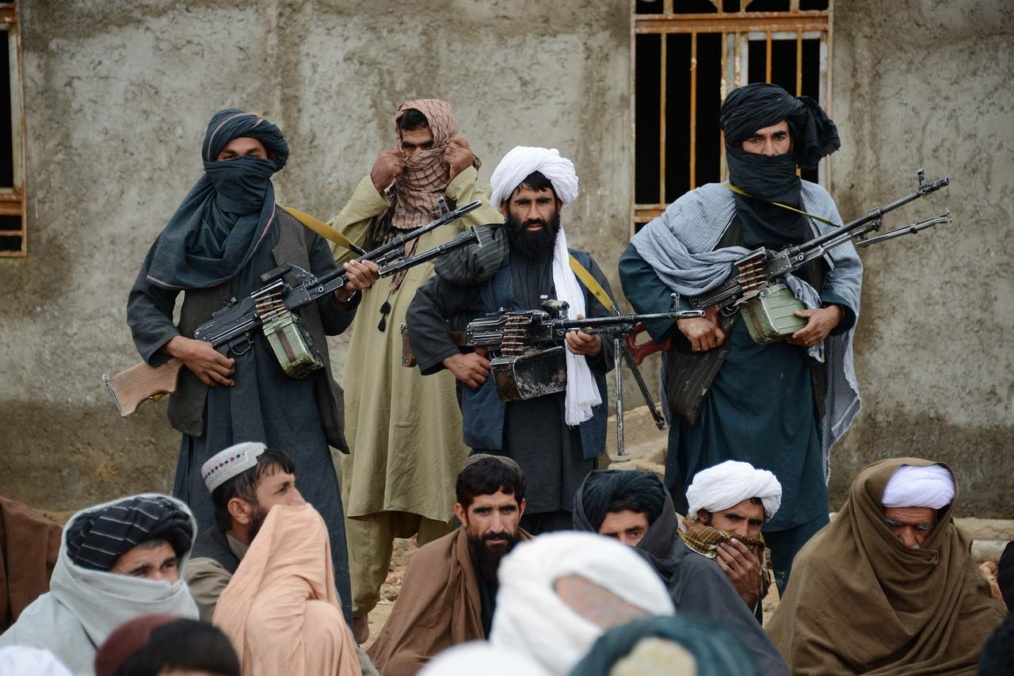To counter the growth of Al Shabaab in Somalia, the Biden Administration has made the decision to deploy U.S. troops to Somalia. This decision came with a request from the Department of Defense to provide a persistent presence in Somalia. In the previous administration, former President Trump withdrew all 700 U.S. troops from the country, a decision made during his last weeks in office. It is estimated that 450 special forces troops will be deployed to continue U.S. counterterrorism operations within Somalia.
Al Shabaab’s Rise to Power
Al Shabaab came to power in June of 2006 when they overtook Somalia’s capital, Mogadishu. After an invasion in December of 2006 by Ethiopian forces into Somalia to counter Al Shabaab, the terrorist organization was forced to flee to the south of Somalia. Following this invasion, from 2006 to 2008, Al Shabaab’s membership skyrocketed from the hundreds to the thousands. By 2012, the group also announced its allegiance to Al Qaeda. As of 2020, there are an estimated 5,000 to 10,000 members of Al Shabaab in Somalia and its surrounding countries. The objective of Al Shabaab is similar to that of the Islamic State being that their ultimate goal is to create an Islamic State in Somalia and rule with their interpretation of Sharia Law.
Differentiation from the U.S. Invasion of Afghanistan
Comparing this issue to that of Afghanistan, President Biden’s statements about ending the “forever war” in Afghanistan by withdrawing all troops contradict his actions of redeploying U.S. troops to counter yet another Al Qaeda affiliated terrorist organization, Al Shabaab. This troop deployment is justified due to the more direct threat of Al Shabaab and its affiliation with Al Qaeda, which pose a greater risk to U.S. security. Al Shabaab presents a more direct threat to the U.S.; its strategic relationships and location make this terrorist organization an increased threat in comparison to the Taliban. Thus far, the Taliban does not have the capacity nor stated desire to presently become a danger to the U.S. and its allies. However, Al Shabaab’s intentions for this have been made clear and entirely possible.
The Plans of the U.S. Government
All soldiers planning to redeploy will be U.S. Special Operations forces. This operation aims not to engage in direct combat but to train local Somali forces to counter Al Shabaab and its affiliates effectively. This decision was a part of a larger request from the Department of Defense to have the U.S. military establish a base of operations in Somalia; they believe that a persistent presence from the United States military could help mitigate the growth and spread of Al Shabaab and their ideology. In support of this strategy, Pentagon spokesperson John Kirby stated, “our forces are not now, nor will they be directly engaged in combat operations. The purpose here is to enable a more effective fight against al-Shabab by local forces. The pattern of popping in to conduct limited operations was inefficient and increasingly unsustainable.”
Growth of Al Shabaab Without Any Intervention
It has been argued that from the perspective of Army General Stephen Townsend, head of U.S. Africa Command, that the initial withdrawal of troops from Somalia in January of 2021 hindered the ability of local and international forces to counter Al Shabaab. If no efforts to counter this group’s exponential growth are applied, the Africa Center for Strategic Studies estimates the group’s violent attacks are set to rise by 71%.
Newly Elected Somali President’s Stance on Working with the West
This decision to redeploy troops is in conjunction with the election of a new president of Somalia, Hassan Sheikh Mohamud, on May 15, 2022, following a five-year hiatus from the presidency. Mohamud is set to align with the West and has a desire to collaborate with the international community to counter the growth of Al Shabaab. During Mohamud’s hiatus, Al Shabaab spread throughout Somalia, fending off African Union Forces. The African Union will be one of the confirmed affiliate organizations that U.S. forces will work with in tandem.
Outlook for Future Mitigation
This growing threat of terrorism in East Africa, specifically from Al Shabaab, has fueled President Biden’s administration’s decision to redeploy U.S. Special Operations forces. The chaos that ensued through the U.S. withdrawal from Afghanistan makes another invasion to counteract terrorism worrisome that the U.S. will be caught in another never-ending war.
As the U.S. deploys troops, a clear plan is essential with clearly articulated end goals to ensure that the U.S. military does not get involved in another decades-long war. This deployment of troops brings hope to the people of Somalia that they may finally be able to live in their country without fear of constant terrorism. Nonetheless it is unclear exactly when we will see tangible results from redeployment, training of Somali troops, and coordination with other international entities.
Claire Spethman, Counter-Terrorism Research Fellow





